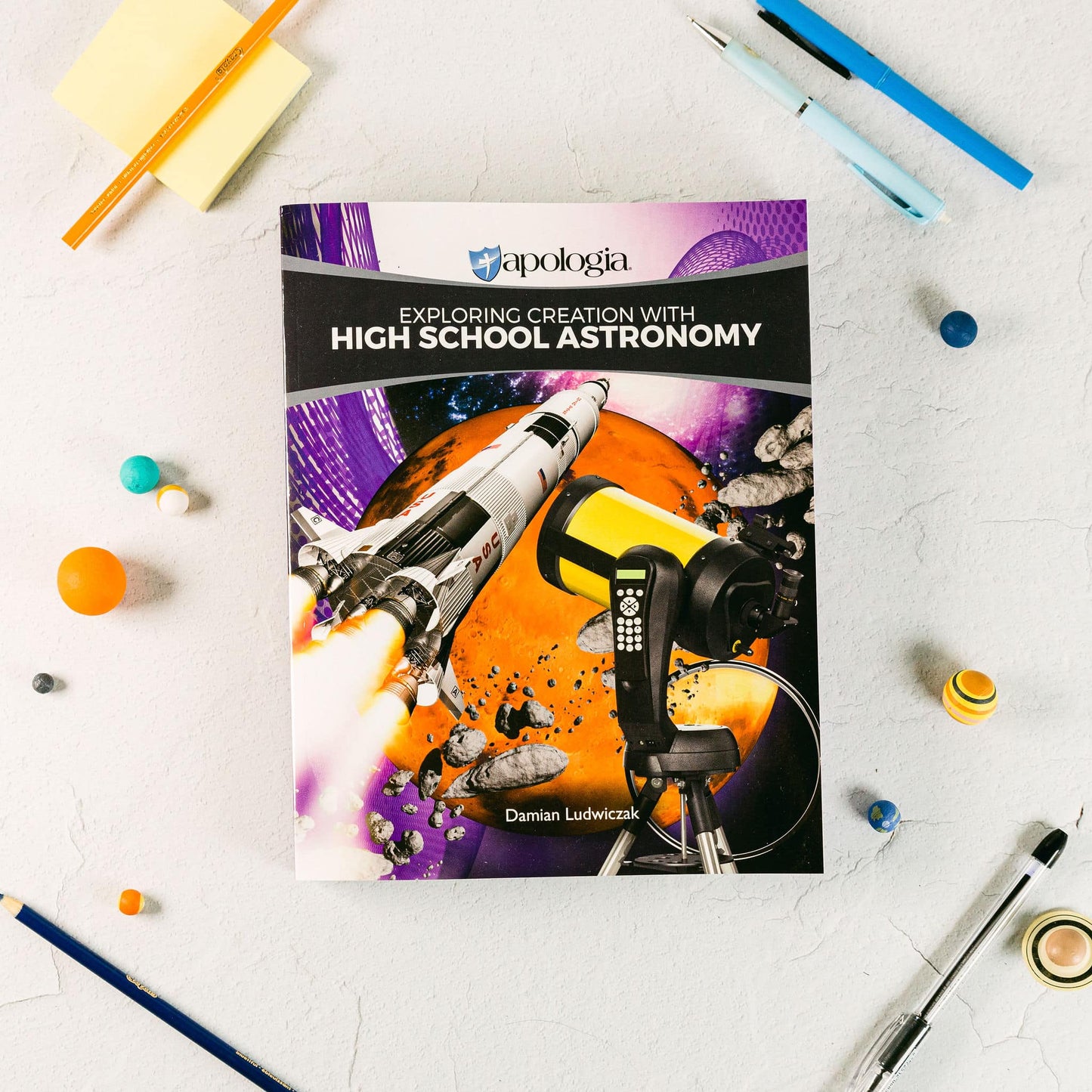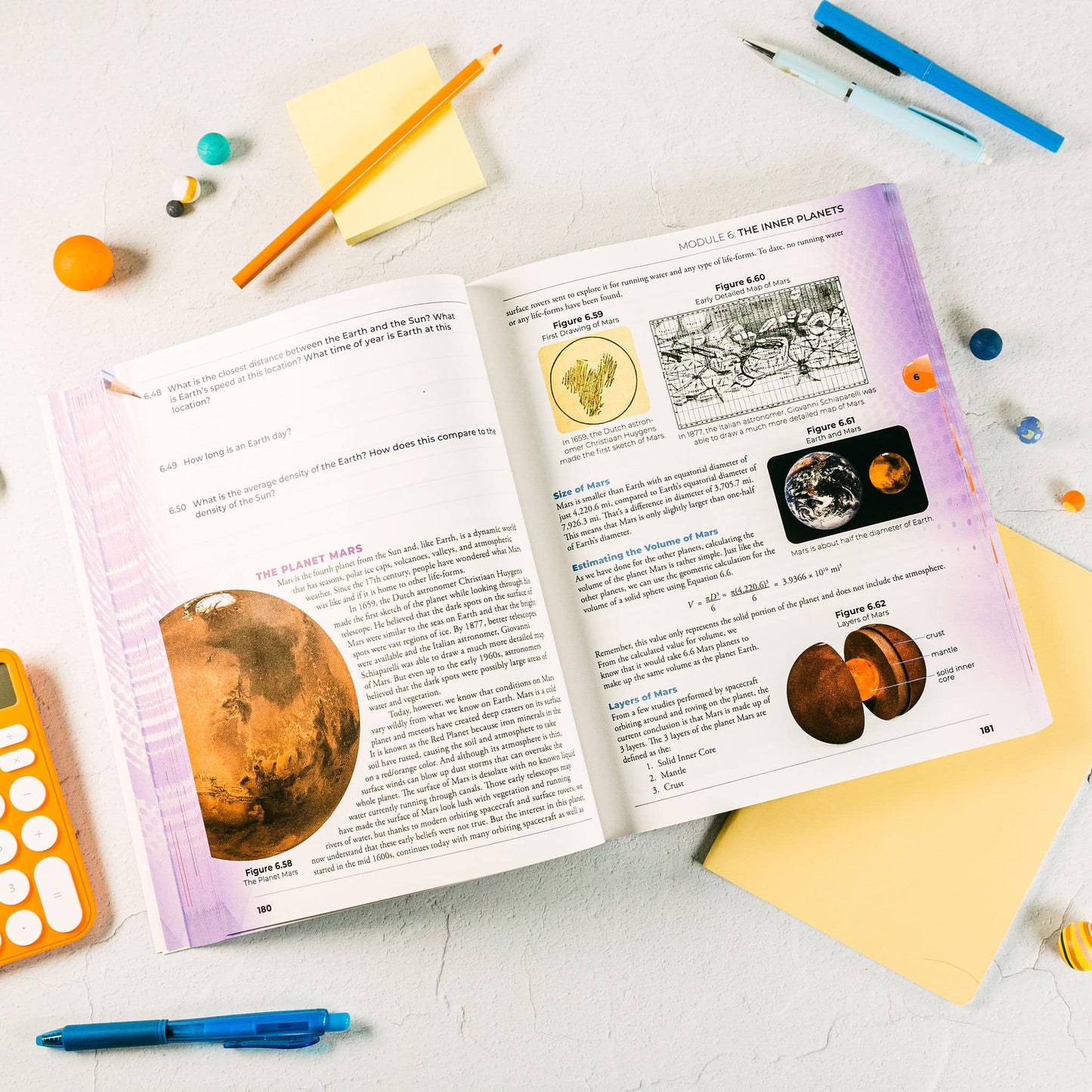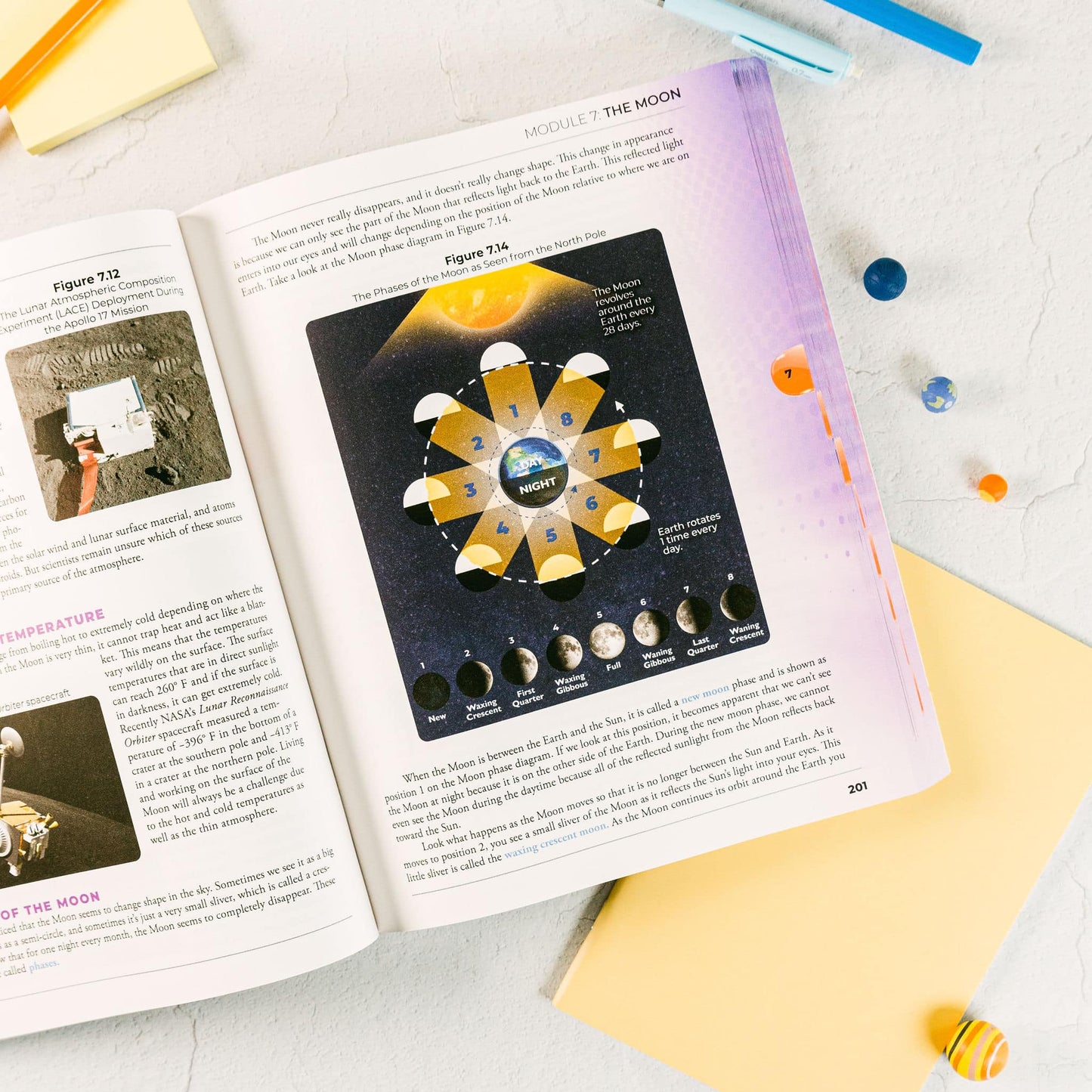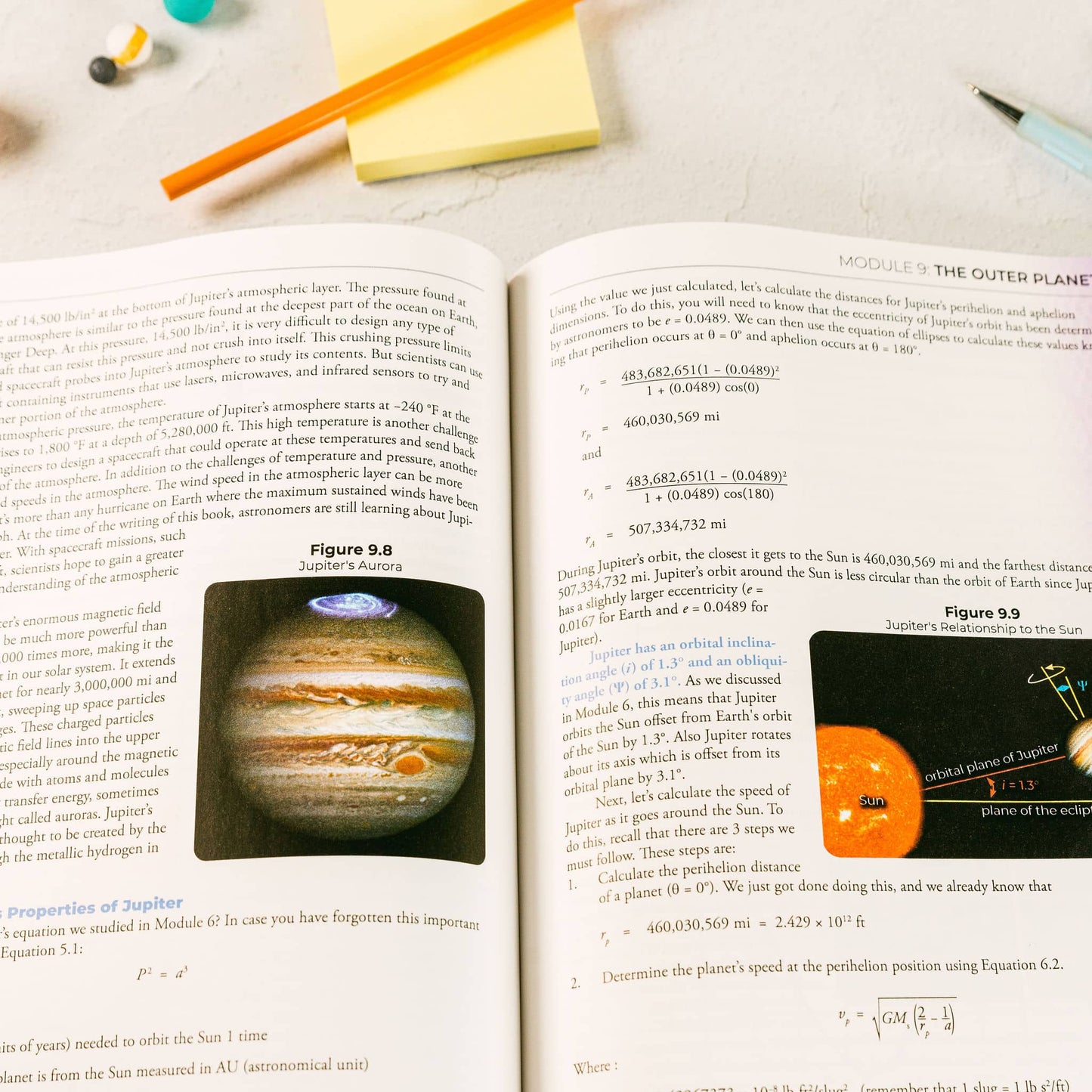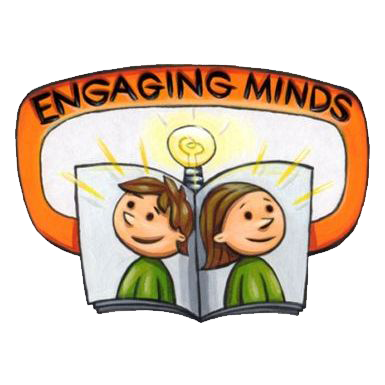Apologia
Exploring Creation with High School Astronomy, all in one
Exploring Creation with High School Astronomy, all in one
Couldn't load pickup availability
This course was designed as an elective course for high school students in 9th – 12th grades. Trusting in the providence of our God, Exploring Creation with High School Astronomy uses the scientific and mathematical constants of the universe to reveal the beauty of creation. This course is authored by Damian R. Ludwiczak who is the Chief of the Mechanisms and Tribology Branch at NASA Glenn Research Center.
Exploring Creation with High School Astronomy has 14 modules.
The modules are ~25 pages long, on average. As there are no labs or exams, students are expected to read the text and complete the On Your Own questions to ensure they have comprehended the materials.
A student could easily finish the course in a semester, reading one module per week. This would be a 14-week course plan. However, it is also acceptable that a student would plan to read through a module every two weeks at his or her leisure. This would make a 28-week course.
Included in Each Module You Will Find:
- On Your Own questions to allow students to self-check their comprehension along with detailed answers
- “Universal Truths” section at the start of each module, which sets the tone for what students will learn in that module
- “Where Do We Go From Here” section to wrap up the lessons learned and see the path forward
- “Think About This” callout boxes that connect the textbook facts to real-life lessons
Exploring Creation with High School Astronomy is a journey that starts with the mysteries of the universe.
What are space, matter, antimatter, cosmic rays, dark matter, dark energy, black holes, and wormholes? It goes back in time to investigate the history of astronomy. What did the early stargazers see and understand? How did technology advance what we see and investigate? How does that technology work? And how does this change our model of our solar system and our knowledge of the universe? It then investigates the science of our Sun, planets, and other astronomical objects that reside in our solar system, galaxy, and the universe. It ends with a lesson on celestial navigation, learned from stargazers long ago but still a valuable tool today.
Specific topics include:
- Space and Interstellar Space
- Normal Matter, Antimatter, and Dark Matter
- Black Holes and Wormholes
- The History of Astronomy
- Astronomical Measurement
- The Model of Our Solar System
- The Sun and The Electromagnetic Spectrum
- The Inner Planets
- Orbital Mechanics
- The Moon
- Types of Telescopes
- The Outer Planets
- Dwarf Planets and the Asteroid Belt
- Stars and Constellations
- Galaxies
- Celestial Navigation
For sample pages and more information please see the Apologia Website
Share
